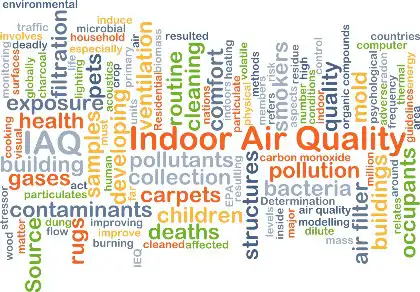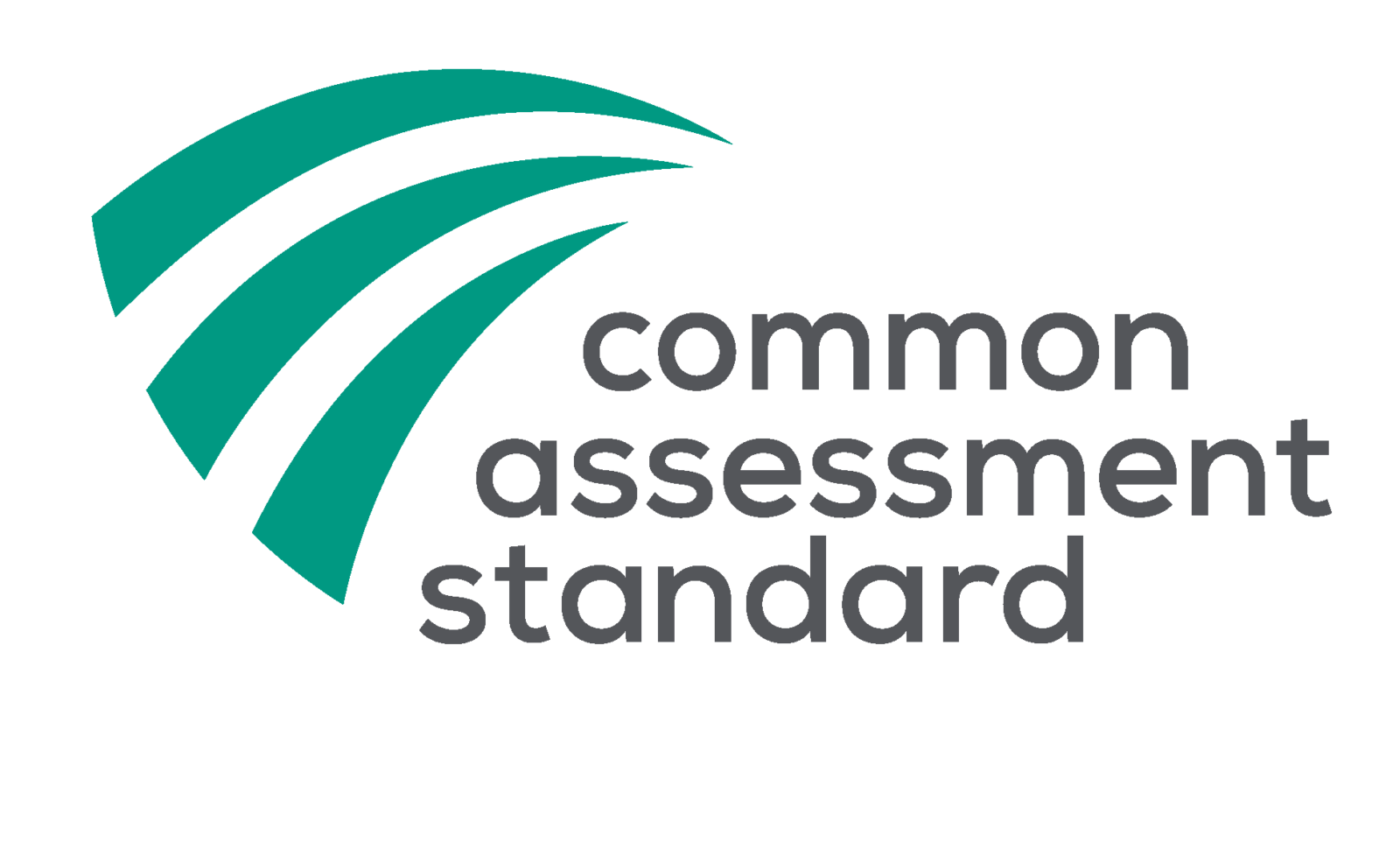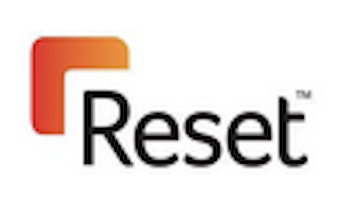Air ventilation in the workplace is extremely important to the safety of you and your employees. Here is a guide to air ventilation requirements in UK workplaces.
We all love clean, fresh air, yet we often take it for granted. Have you ever stopped to think about the air you were breathing while in the office? If there is something that we have realised since the COVID-19 outbreak, is that ventilation is vital to our health, and wellbeing.
With many companies beginning to bring staff back into the workplace, the focus is high on ensuring that offices have the best ventilation systems in place where possible. Poor ventilation is said to be one of the leading causes of spreading the COVID-19 virus, along with any other airborne virus.
Let’s take a look at how you can ensure that your office has the best possible air ventilation in place.
The Importance of Air Ventilation
Working in a well-ventilated office is important for the health and wellbeing of employees. Not only will it limit the potential spread of COVID-19, but it will also limit other air pollutants such as CO2, mould and dust. Proper air ventilation delivery minimises airborne viruses within enclosed spaces.
Fresh air in the workplace will also go a long way to rejuvenating employees and is good for mental health, as well as physical health. Added focus and energy makes for happier employees, which in turn leads to greater productivity in the workplace. Seems like a win-win situation!
How to Ventilate Your Office
The first step is to make sure that your existing air ventilation systems are clean and free of any dust or mould. This will include hiring professionals to do some HVAC maintenance and ductwork cleaning before you start with your upgrades.
To initially test the quality of the air passing through your ventilation system, VSS provide Vacuum Testing (PVT) or a Microbiological Swab Test for ventilation systems. This determines the cleanliness of the systems by collecting test samples from different parts of the duct in test cassettes. Each cassette, depending on the level of contamination, is given a pass or fail rating. In some cases the results of these tests can lead to uncovering serious potential hazards.
A basic way to improve air ventilation rates is to simply open doors and windows and invite the outside air in! Unfortunately, this is not always possible due to access or design. It is also not ideal in cold and wet weather or built-up urban locations, where outdoor pollutants are also an issue. Outside air is not necessarily fresh air!
The use of air-filtration systems and air sterilisers are an additional option. . These help to limit the spread of particles in the air and work especially well in spaces with limited windows. While they cannot pump air in, they regularly clean the existing air.
Benefits to Employees
Many people are concerned about returning to the office after working from home for so long. Having certified and clean air ventilation systems in place will go a long way to calming some of those nerves. Good quality air has also been linked to improved productivity and happier employees. Reduced CO2 levels are also better for the brain and help us to think clearly. Clearer thinking leads to better decision making and productivity all round.
Reduces Sick Leave
Bad air quality can make existing health conditions worse and introduce new health issues. Bad air is also associated with sick building syndrome. This is a condition where people develop symptoms while in a building but not when out of it.
A Pleasant Environment
There is nothing worse than going to a meeting or sitting around in an area that is stuffy and either too hot or too cold. All you can focus on is wanting to leave, and you may do so without buying anything or finishing your meeting properly. Use a good air ventilation system to make the atmosphere more pleasant for everyone.
Humidity control can also help to reduce the contaminants such as mould, fungi, viruses, and bacteria from circulating, making the environment healthier and more comfortable for the users.
Reduced Costs
There are several ways to balance your energy consumption and reduce your costs at the same time, including the following:
- Demand-controlled ventilation – a room with more people in requires more ventilation
- Energy recovery ventilation – the transfer of temperature and humidity from the exhausted conditioned air onto the incoming fresh air
- Variable speed compressors – a combination of variable speed compressors and blowers can control the airflow and temperature with less energy
You can chat with our HVAC specialists to make sure your systems are working at top capacity and saving you money.
Focus On Problem Areas
Look out for areas in the office that are the least ventilated and see how you can improve these. Limit the number of people in meetings and enclosed rooms.
Make sure all HVAC systems are regularly serviced and maintained. Set your systems to use outside air where possible and suitable, or do any upgrades you can to improve filtration of the air. Our ventilation system experts can point you in the right direction of what the latest regulations and requirements are.
Clearing the Air
Having the right air ventilation systems in place not only reduces the risks of COVID-19 and other viruses from spreading but can also benefit your business in various other ways. While it is important to have clean air to breathe, why not benefit in other ways as well?
From productivity to saving money, there are only upsides to making sure your offices are properly ventilated. To sort out your air ventilation today, contact us and chat with one of our friendly professionals for more information.













